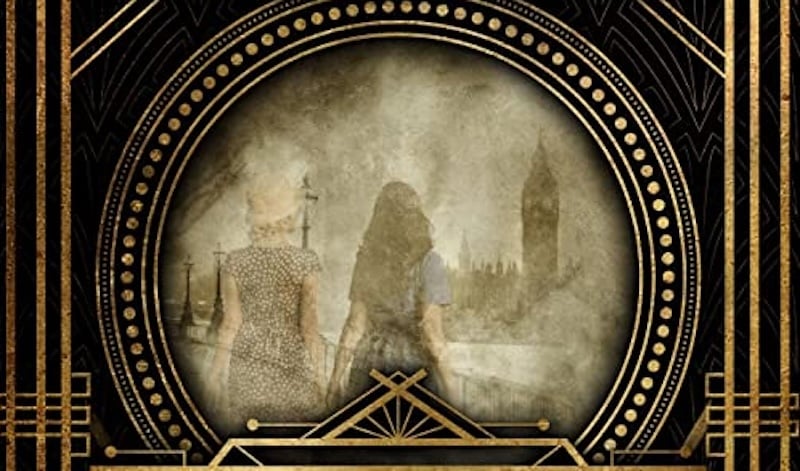In May 1945, the writer and editor Charles Williams died unexpectedly after a medical procedure. Writing about him for The Atlantic in 1949, Pulitzer Prize winning journalist and editor Geoffrey Parsons commended Charles Williams to American audiences as follows:
Login to read more
Sign in or create a free account to access Subscriber-only content.
Topics:
